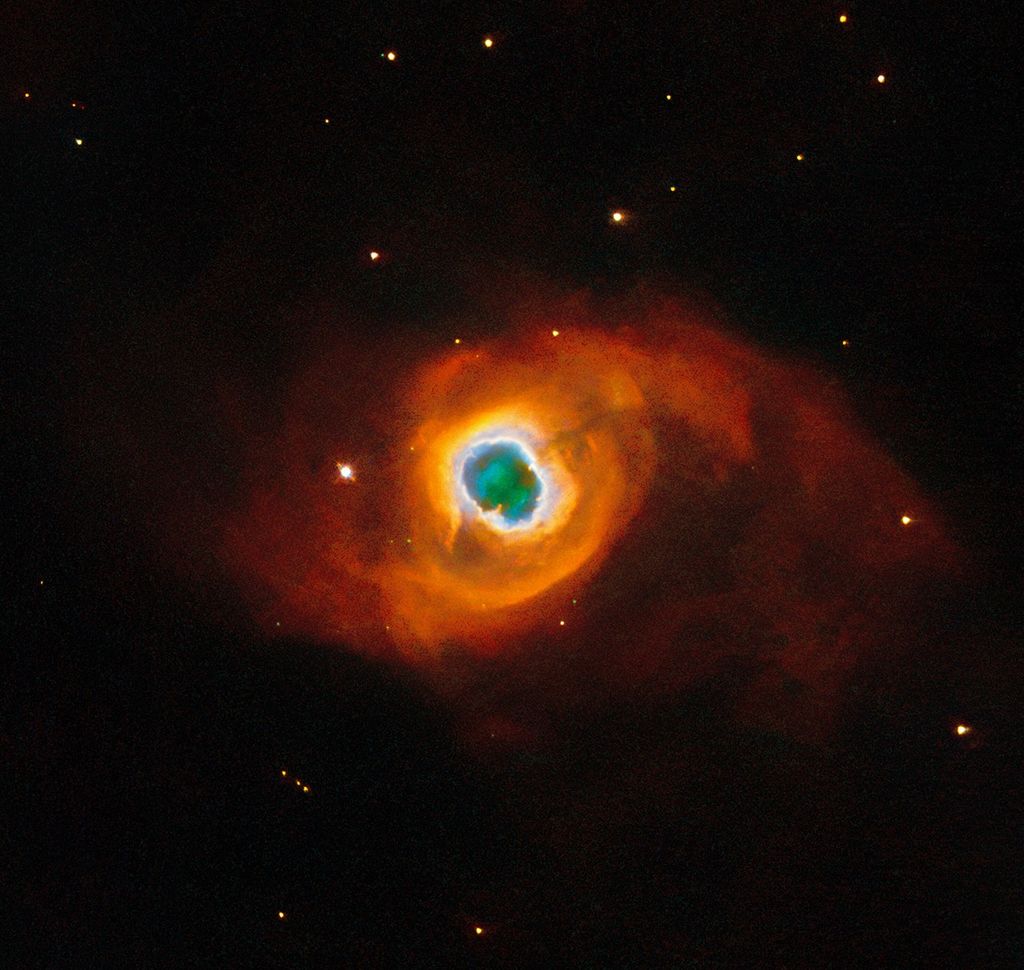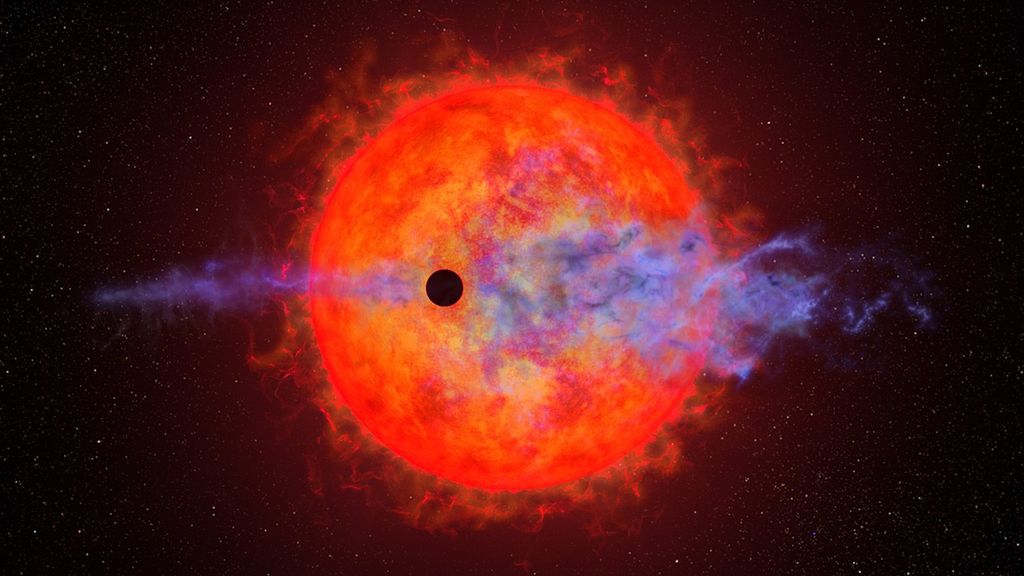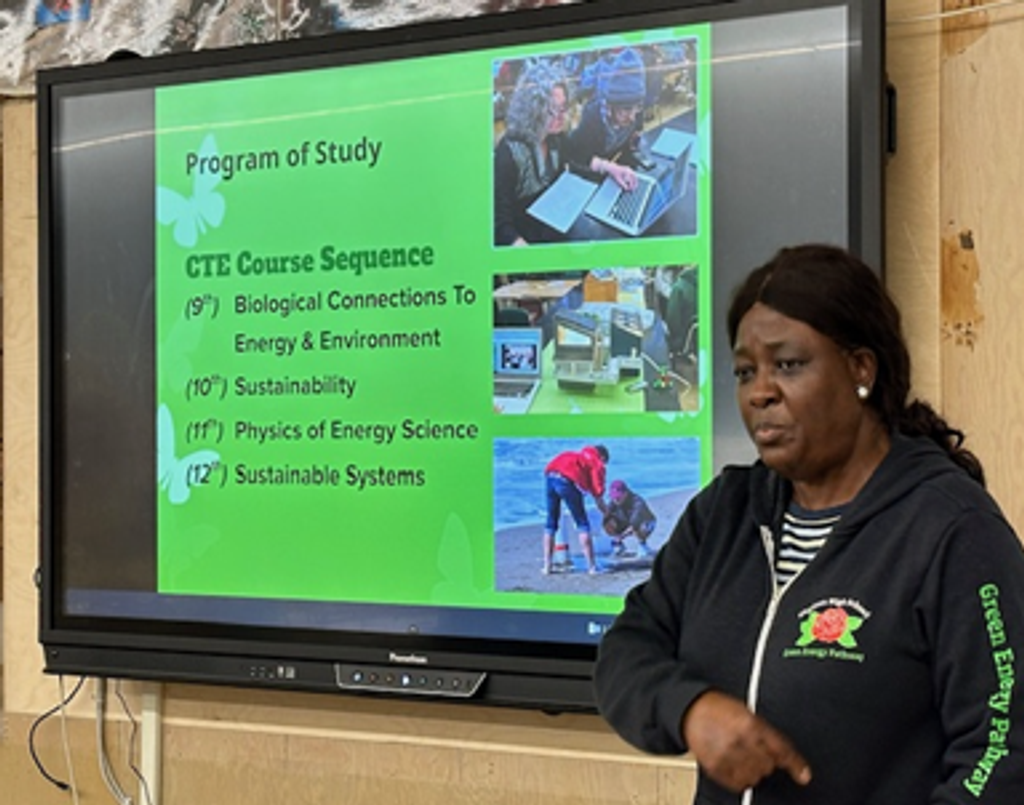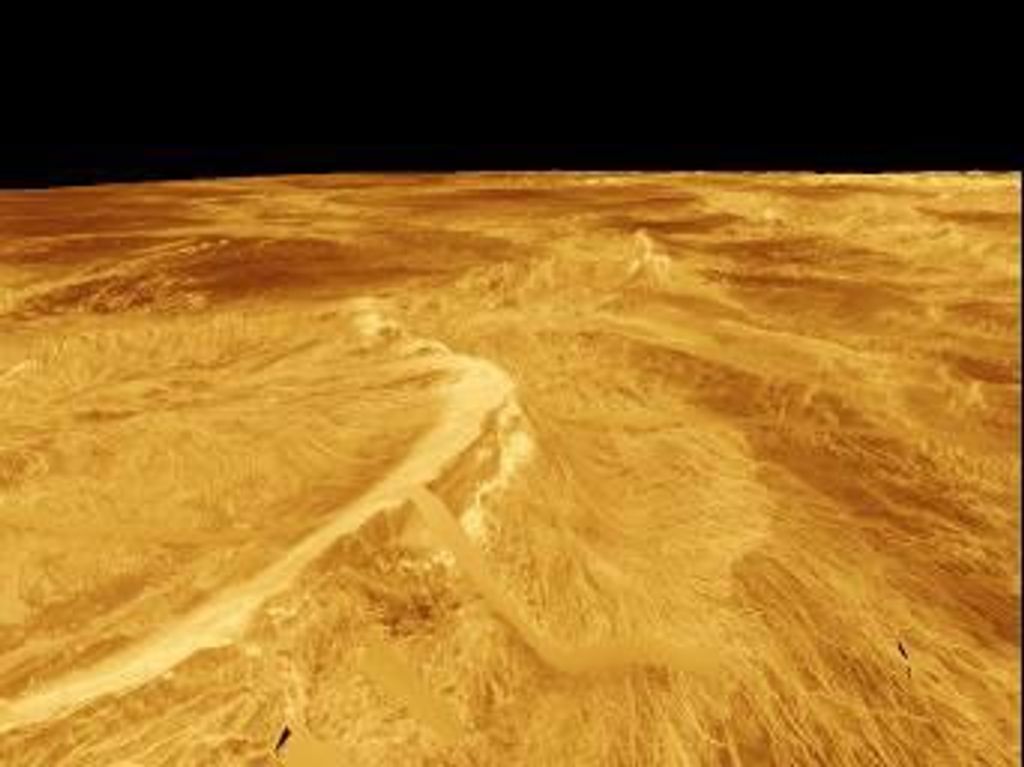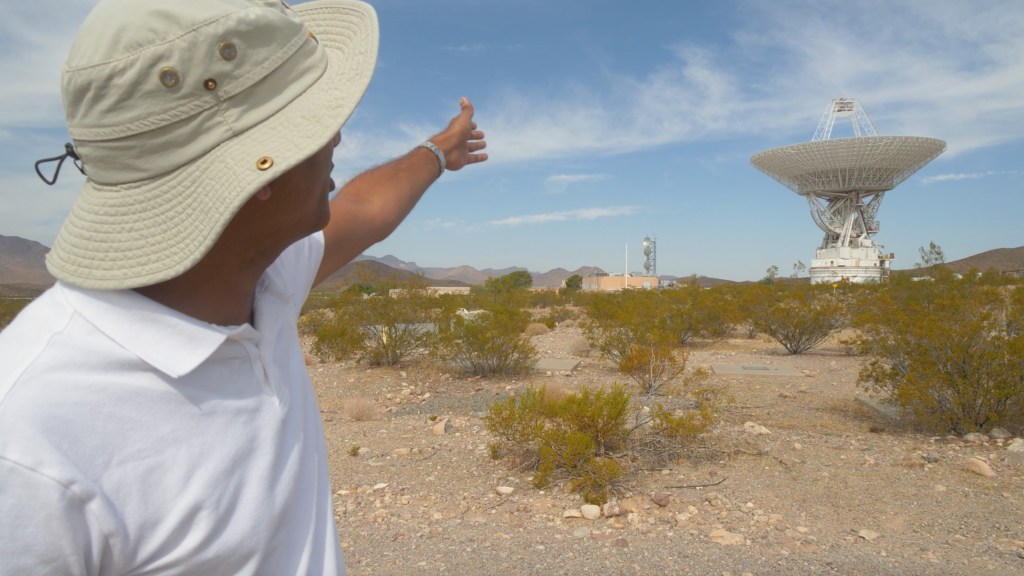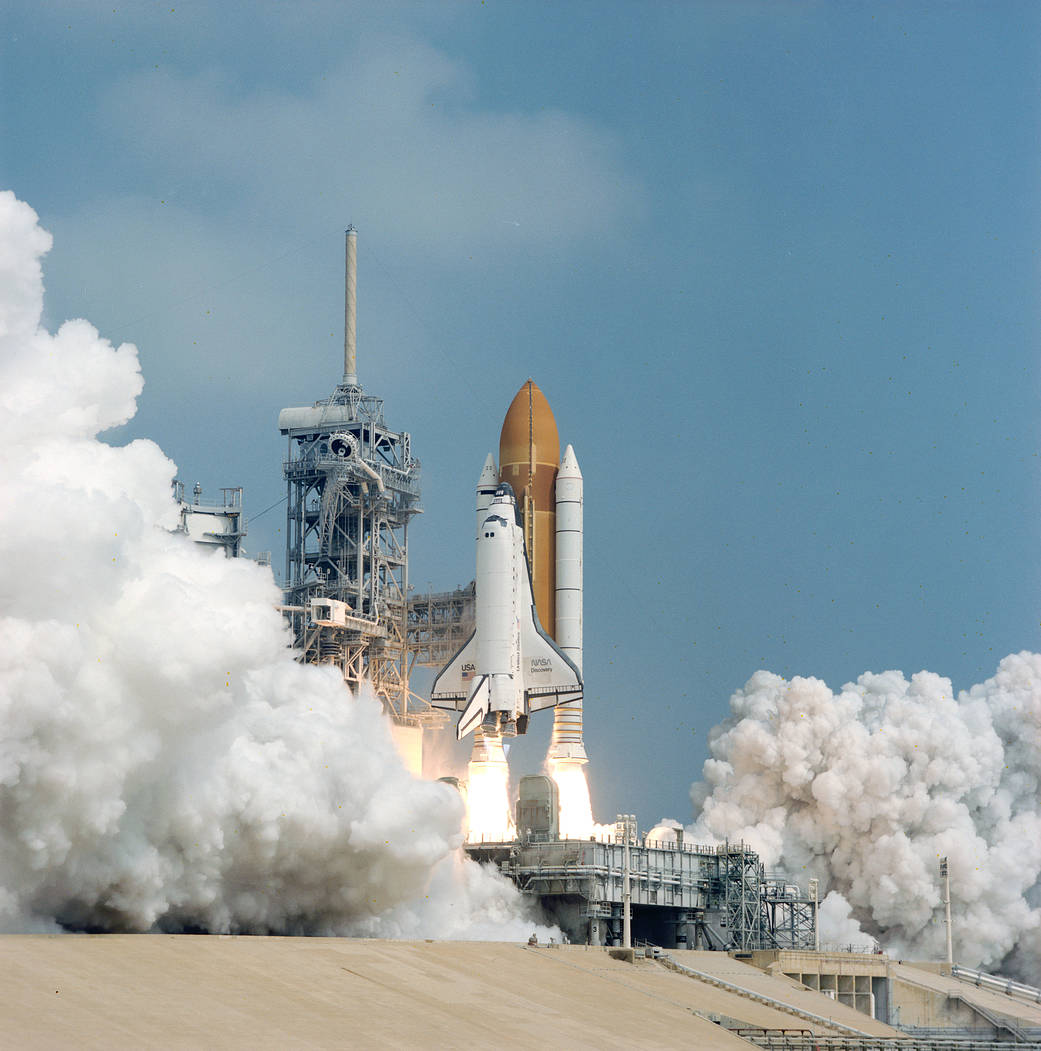This week in 1997, space shuttle Discovery, mission STS-85, launched from NASA’s Kennedy Space Center. STS-85 carried a complement of payloads in the cargo bay that focused on Mission to Planet Earth objectives. This was the second flight of CRISTA-SPAS and the fourth mission in a cooperative venture between the Germany’s space agency, DARA, and NASA. The payload included three telescopes and four spectrometers, deployed on flight day one, to gather information about Earth’s middle atmosphere. Once science operations were complete, CRISTA-SPAS was used in a simulation exercise to prepare for the first International Space Station assembly flight, STS-88, with the payload being manipulated as if it were the Functional Cargo Block that would be attached to Node 1. Today, the Payload Operations Integration Center at NASA’s Marshall Space Flight Center serves as “science central” for the International Space Station, working 24/7, 365 days a year in support of the orbiting laboratory’s science experiments. The NASA History Program is responsible for generating, disseminating and preserving NASA’s remarkable history and providing a comprehensive understanding of the institutional, cultural, social, political, economic, technological and scientific aspects of NASA’s activities in aeronautics and space. For more pictures like this one and to connect to NASA’s history, visit the Marshall History Program’s webpage. (NASA)
2 min read

